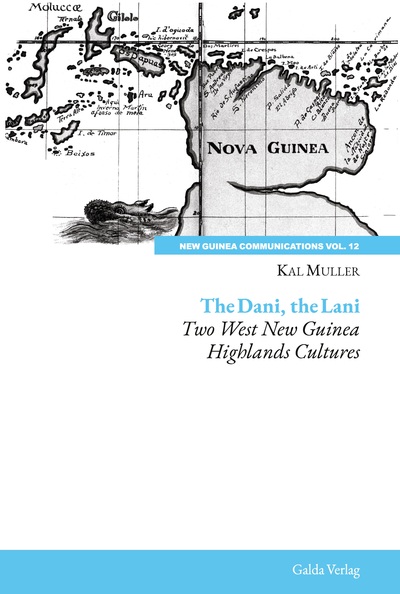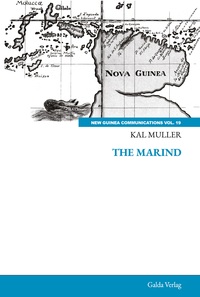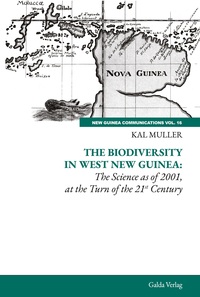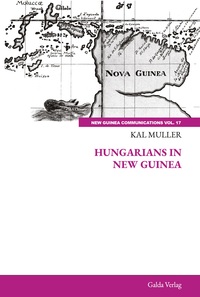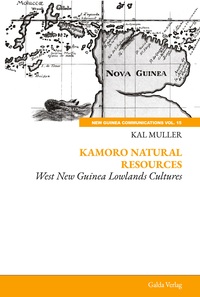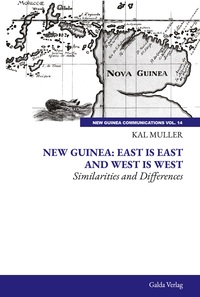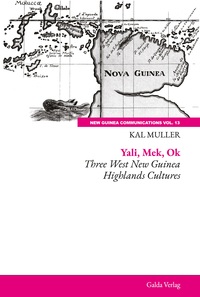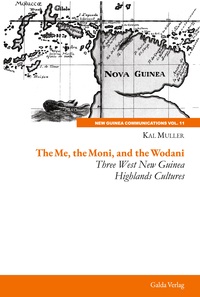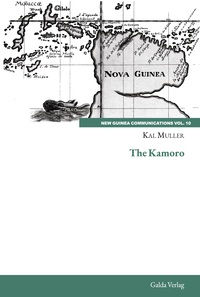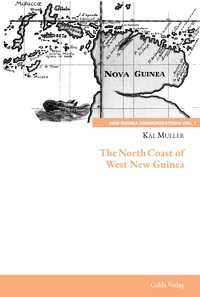Nous utilisons des cookies pour améliorer votre expérience. Pour nous conformer à la nouvelle directive sur la vie privée, nous devons demander votre consentement à l’utilisation de ces cookies. En savoir plus.
The Dani, the Lani
EAN : 9783962032630
Édition papier
EAN : 9783962032630
Paru le : 10 mars 2023
49,00 €
46,45 €
Disponible
Pour connaître votre prix et commander, identifiez-vous
Notre engagement qualité
-
 Livraison gratuite
Livraison gratuite
en France sans minimum
de commande -
 Manquants maintenus
Manquants maintenus
en commande
automatiquement -
 Un interlocuteur
Un interlocuteur
unique pour toutes
vos commandes -
 Toutes les licences
Toutes les licences
numériques du marché
au tarif éditeur -
 Assistance téléphonique
Assistance téléphonique
personalisée sur le
numérique -
 Service client
Service client
Du Lundi au vendredi
de 9h à 18h
- EAN13 : 9783962032630
- Réf. éditeur : 286791
- Date Parution : 10 mars 2023
- Disponibilite : Disponible
- Barème de remise : NS
- Nombre de pages : 264
- Format : H:230 mm L:155 mm E:16 mm
- Poids : 444gr
- Résumé : THE BOOK The Dani group, centered in the Baliem Valley, has long taken the world's attention. It is by far the best-known ethnic group in West New Guinea, ever since its discovery by the aptly named American explorer Richard Archbold in 1938. While some Dutch groups had passed close by during previous nears, none had seen the valley itself with its high population of 50,000 to 100,000. The flat, fertile valley bottom was expertly farmed with irrigation and drainage in geometrically laid out fields of raised mounds that produced bumper crops of sweet potatoes. The Dani group was discovered when Archbold flew his hydroplane overhead and was suitably impressed by the gardens beautiful, orderly layout. He also saw some mysterious tall erections dispersed in several areas on the flat land. These structures turned out to be watchtowers, ready to alert the nearby inhabitants of the approach of a hostile group. For large-scale warfare was the way of life in the Baliem. Divided into several large alliances, hostilities were never-ending, punctured by short periods of relative peace. After the Archbold Expedition left the valley, the next visitors were American Evangelical missionaries who landed on the Baliem River in their new hydroplane. They established a base there and began proselytizing a full two years before the Dutch opened their first post there. A few years later, an American filming expedition from Harvard University was able to film the daily life as well as some actual battles, fought with spears, bows and arrows. The film, Dead Birds, was screened to many audiences in the US and elsewhere. The missionaries among the Dani were not very successful. This was in stark contrast with the Lani (also called Western Dani) who lived in the northernmost part of the Baliem Valley and spread far toward the east in West New Guinea's central highlands. They had been successfully proselytized by American Evangelicals based in Enarotali, on the shore of Lake Paniai. The Lani had migrated from the east towards the west probably due to population pressures and thinly inhabited lands. They had not been satisfied by their traditional religion that did not provide material goods such as those enjoyed by the missionaries. After only a few years, they became Christians and burned their old fetiches to show their commitment to the new religion. THE SERIES The aim is to provide a conduit for the publication of studies on the Island of New Guinea, with its two established political divisions, but will also include other associated patterns of islands. It will enable contributions from new knowledge workers—with their dissertations—and from established scholars. As there are numerous scholars who would like better coverage of the areas in which they have explored—as a tribute to the people they have worked with—as well as local scholars who understand the importance of their unique areas. It is felt that the approaches being trialed in the visual anthropology part of the series as area studies will bring a wider attention to the remarkable nature of the island. The first volumes will be on modes of communication: oral history and folklore, and the emergence of a local literature. While the representation of all disciplines is welcome, comparative and whole island studies would be of great interest as well. For this, collaborative works or edited volumes may be needed. It will allow for academic publications of a more preliminary kind—rather than exhaustive monographs, which are becoming more and more impossible to produce. Where is the knowledge we have lost?
- Biographie : Dr Muller spent 22 years working and living with two Papuan groups, allowing him access to excellent relations with not just the people but also prominent academics and scientists and their resources.

